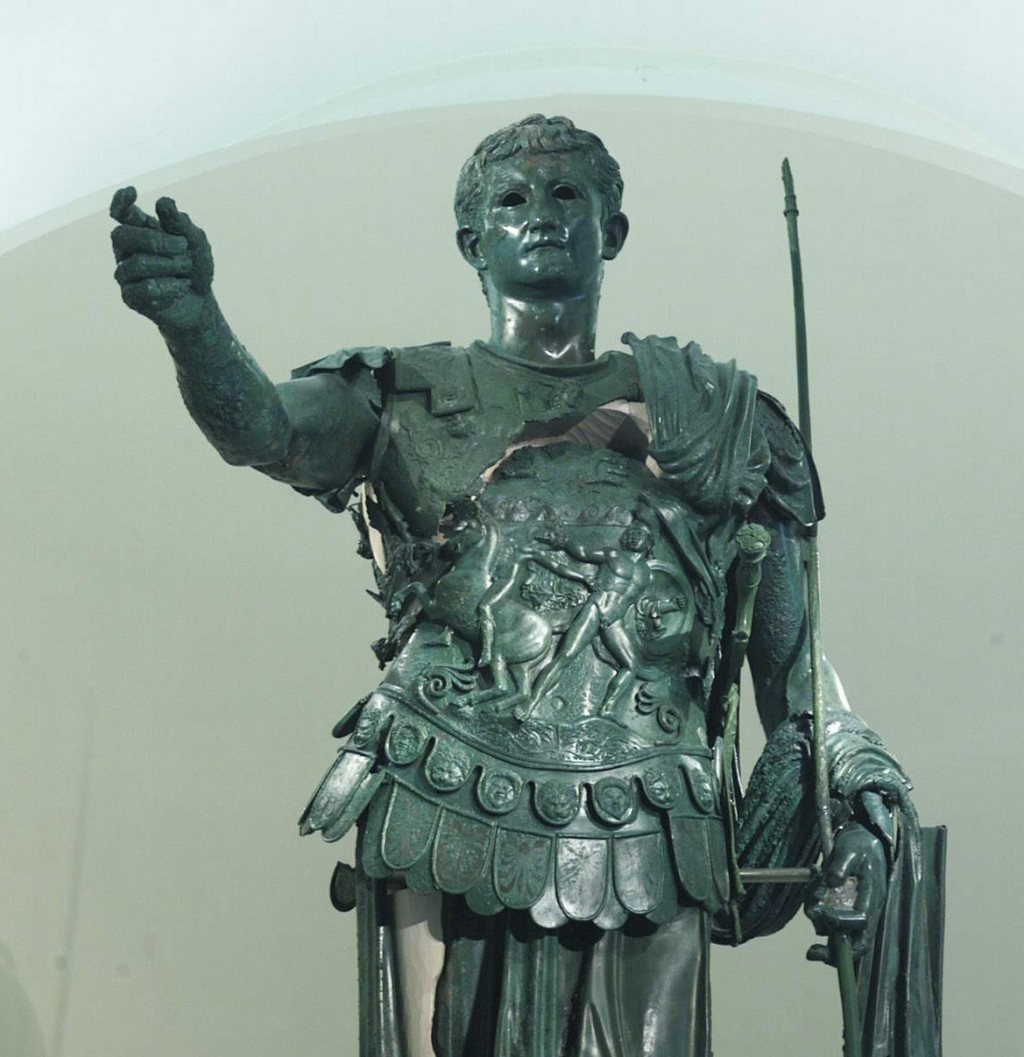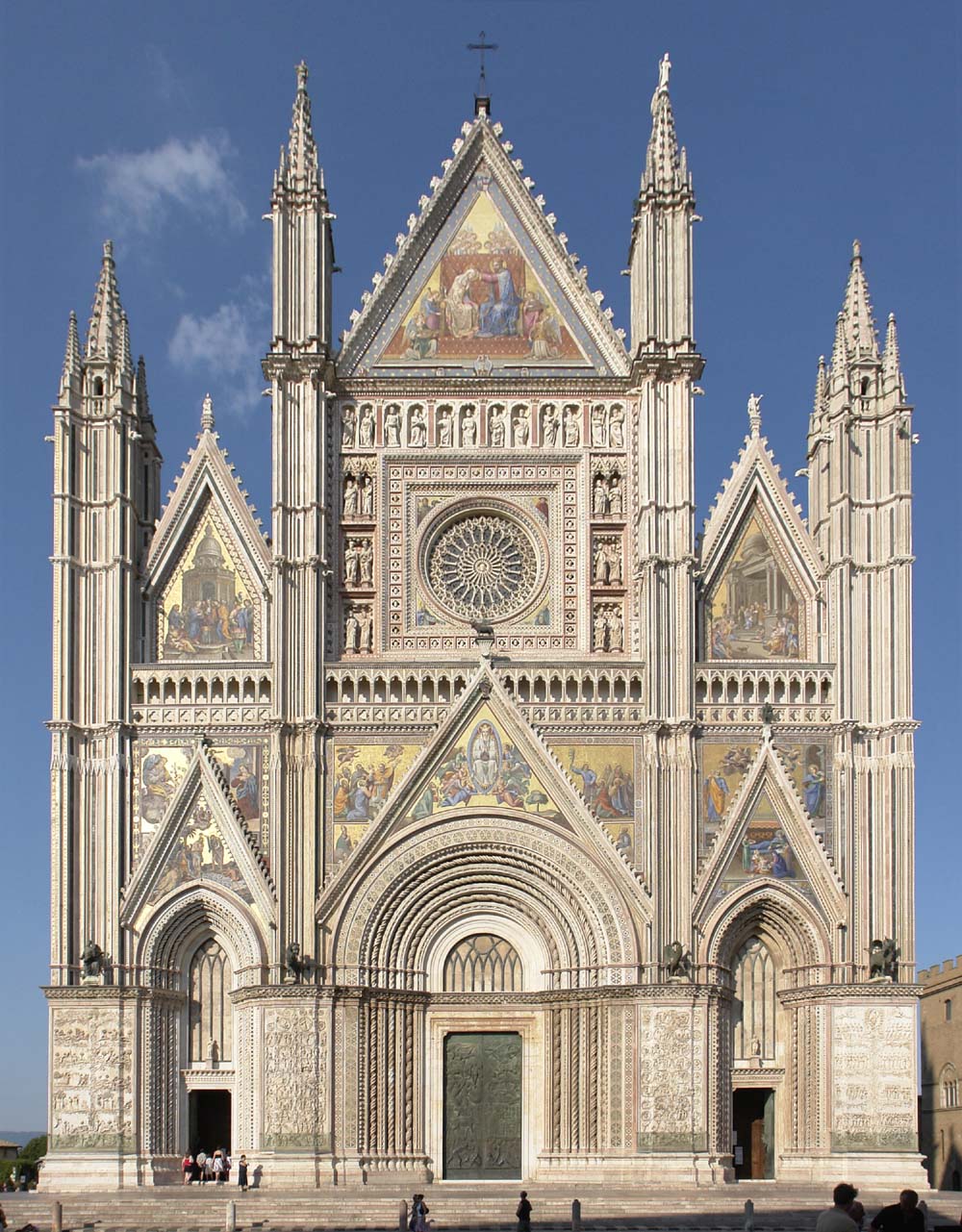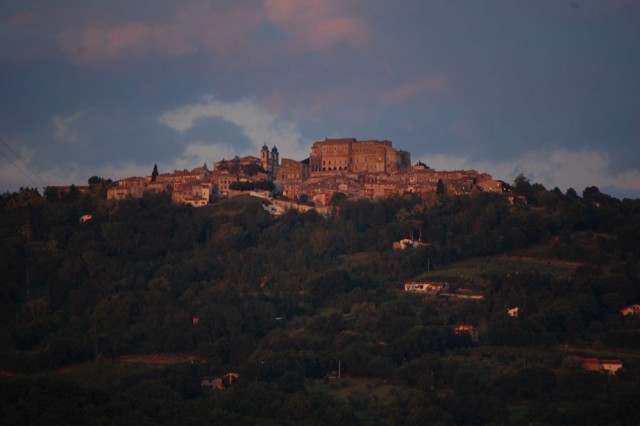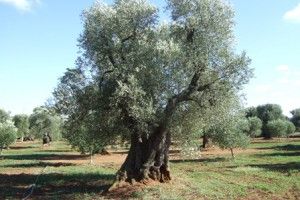What to see
Amelia
Renowned as the oldest city in the region, Amelia is surrounded by Megalithic walls (dating back to the VI – IV centuries B.C.). The town can be entered through four gates: Porta Romana (which, as the name implies, is the only Roman gate), Porta Leone, Porta Posterola and Porta della Valle (all medieval). To be seen are the twelve-sided tower (1050), the archaeological museum containing a bronze statue of the emperor Germanicus, the Roman cisterns and the splendid palaces Farrattini – based on a design by Antonio Da Sangallo the Younger and Petrignani, built in 1571.
Around giove
Leaving Giove and following the SP 85 you come to the hamlet of Porchiano del Monte (the ancient Castrum Fortiano), perched on a hill overlooking the valley. Taking the SS 205 you arrive at Lugnano, where you can admire a Romanesque masterpiece: the Collegiate Church of St. Maria Assunta . Also of interest is the municipal antiquarium, which houses the remains of the Roman villa at Poggio Gramignano, and the convent os St. Francis built in a site where the saint once preached. Continuing along the SS 205 you arrive at Alviano with its splendid castle, built around 1000 by Offredo and transformed into a mansion in the early 1500s by the gallant captain of fortune Bartolomeo d’Alviano. Descending towards the Tiber you can visit the WWF Natural Oasis, where birdwatchers, hiding in purpose-built huts and towers, can observe herons, cormorants, gulls, hawks and other birda. Returning to Giove along the SP 32 you reach Penna in Teverina, where you can admire the artistic permanent Christmas crib and Palazzo Orsini.
Orvieto
Orvieto is without doubt a city exceptionally rich in monuments, starting with the ancient fortress or Rocca Albornoz which now houses the municipal gardens, the remains of the Etruscan Temple of Belvedere and St. Patrick’s well, a unique work of engineering designed by Antonio da Sangallo in the first half of the sixteenth century. The symbol of the city itself is the cathedral whose construction began in 1290. The transept houses two precious chapels: one celebrating the relic of the Miracle of Bolsena, while the other, dedicated to St. Brizio, is decorated with frescoes by Fra Angelico and Luca Signorelli. Two museums of great interest are located near, the cathedral and the Faina museum, both rich in precious archaeological finds, mainly from the Etruscan necropolis, the Tufo Crucifix Natural Archaeological Museum and the temple of Venus.










